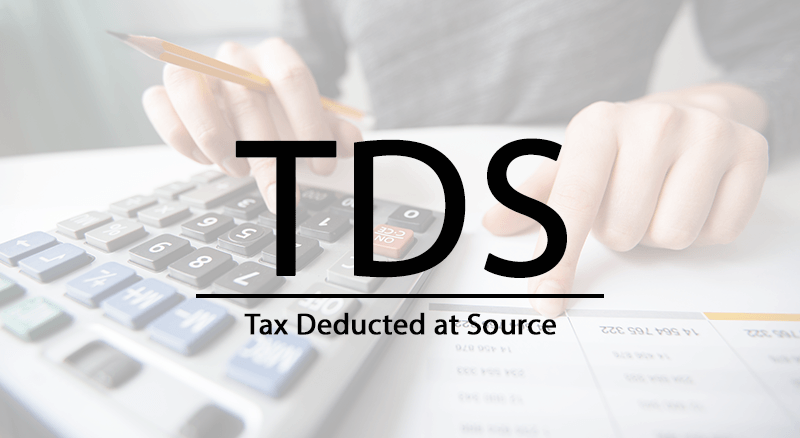Macaulay Duration & Bond Analysis
If there's one thing I've noticed over the years, it's how frequently the intricate aspects of finance get lost amidst the jargon. One such term that deserves a spotlight is the Macaulay Duration. No, it's not the latest period drama on Netflix.

1. What is Macaulay Duration?
At its core, Macaulay Duration, named after its creator Frederick Macaulay, is a measure of the weighted average time until a bond's cash flows are received. Think of it as a "time-weighted" measure of bond risk. In simpler terms, it tells you how long, on average, it will take for an investor to be repaid the bond’s price by its total cash flows.
2. Why Does It Matter?
Interest rates and bond prices move inversely. When interest rates rise, bond prices fall, and vice versa. The Macaulay Duration helps investors gauge the sensitivity of a bond's price to interest rate changes. A bond with a higher Macaulay Duration is more sensitive to interest rate fluctuations than a bond with a lower duration.
In essence, it gives you a glimpse into the potential risks and returns of your fixed income investment.
3. Calculating Macaulay Duration
The formula for Macaulay Duration is:
\[ \text{Macaulay Duration} = \frac{\text{Current Bond Price}}{\sum_{t=1}^{n} \frac{t \times C_t}{(1 + r)^t}} \]
Where:
- (t) is the time period
- (C_t) is the cash flow at time (t)
- (r) is the yield to maturity of the bond
- (n) is the number of periods
Example:
Imagine you have a 3-year bond with an annual coupon payment of $50 and a face value of $1000. The bond's yield to maturity (YTM) is assumed to be 5%.
Using the formula for Macaulay Duration: \[ \text{Macaulay Duration} = \frac{\text{Current Bond Price}}{\sum_{t=1}^{n} \frac{t \times C_t}{(1 + r)^t}} \] The Macaulay Duration for this bond is calculated to be approximately 2.86 years.
Interpretation:
The Macaulay Duration of 2.86 years indicates the weighted average time until the bond's cash flows are received. Essentially, it suggests that on average, the bondholder will be repaid in about 2.86 years.
Furthermore, insights can be derived from the Macaulay Duration concerning the bond's interest rate risk:
- Interest Rate Sensitivity: A bond with a duration of 2.86 years is expected to decrease in value by approximately 2.86% for a 1% increase in interest rates and vice versa.
- Comparison with Other Bonds: A bond with a 5-year duration would be more sensitive to interest rate changes than our bond with a 2.86-year duration, making it riskier in terms of interest rate fluctuations.
- Portfolio Management: Investors expecting a rise in interest rates might consider shifting to bonds with lower durations to mitigate interest rate risk.
In summary, Macaulay Duration is a pivotal tool for investors, both for understanding the time to recover their investment and for gauging a bond's sensitivity to interest rate changes.
4. Macaulay Duration in the Indian Context
India, with its burgeoning financial market, has a plethora of fixed income products. Let’s see how the concept of Macaulay Duration plays out in some of these products:
Bonds:
India's corporate bond market, though not as vast as its counterparts in the US or Europe, is steadily gaining traction. Bonds issued by blue-chip companies, PSUs, and NBFCs are common investment vehicles. For these instruments, Macaulay Duration offers a clear picture of their interest rate sensitivity.
Mutual Funds:
Debt mutual funds in India, which primarily invest in bonds, use Macaulay Duration to offer insights into the fund's risk. Higher duration might indicate a fund that takes on more interest rate risk, potentially offering higher returns but with greater price volatility.
Government Securities:
The Indian government, like any other, issues bonds (known as G-Secs) to raise capital. These tend to have longer tenors, and their Macaulay Duration is an essential factor for institutional investors.
5. Practical Implications and Strategy
Given the dynamics of the Indian economy, with inflationary pressures and interest rate decisions by the Reserve Bank of India (RBI), Macaulay Duration becomes a critical tool for investors.
For example, if an investor expects interest rates to rise in the near future, they might consider reducing their portfolio's average Macaulay Duration, thereby reducing the sensitivity of their portfolio to interest rate changes.
6. Conclusion
Macaulay Duration isn't just a term to gloss over. It's a reflection of the inherent risks in fixed income products. Whether you're an individual investor or a financial institution, understanding this concept can be the key to navigating the choppy waters of interest rate fluctuations.





